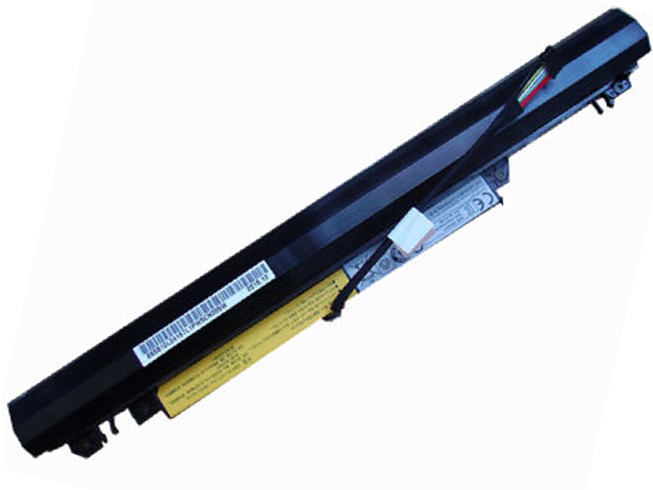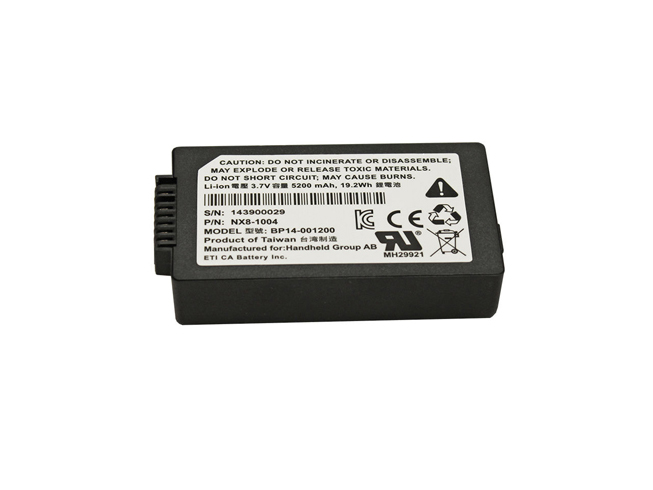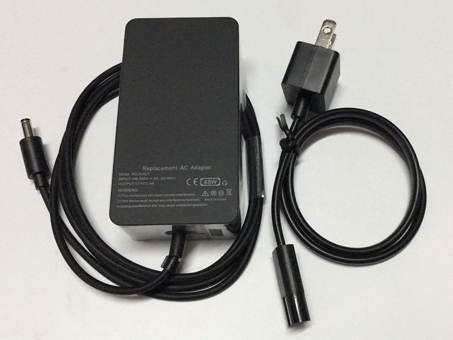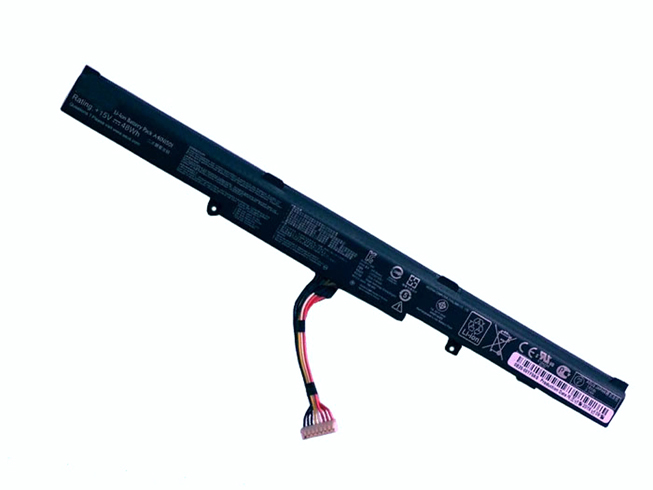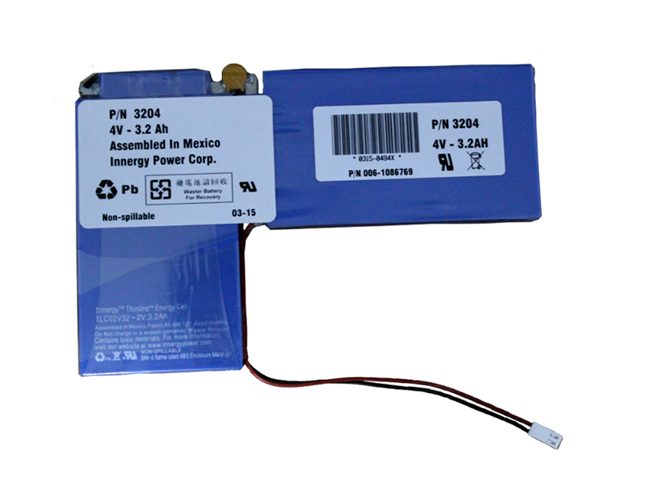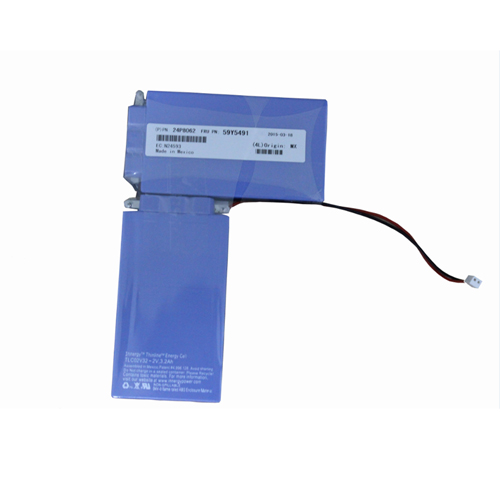Buy Dell PA-12 Power Adapters at our online store(UK) with the best after-sales service. Deals for high quality Dell PA-12
New Replacement DELL PA-12 LA65NS2-01 AC Adapter
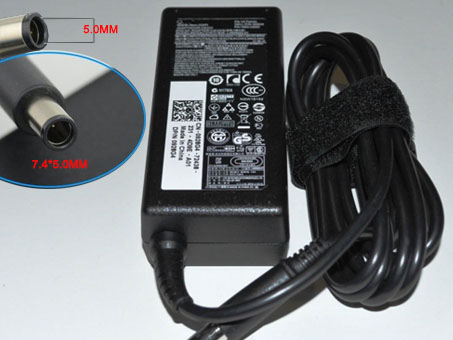
Product Details
Device Type: Power adapter – external
Power Capacity: 19.5V~3.34A , 65 Watt
Manufacturer Warranty: 1 year warranty
Fit Models: Notebook Adapter for Dell Inspiron 1440 1447 1545 1750
Adapter Part Numbers:
Connector: 7.4mm*5.0mm
PA-12, PA12, 9T215, NADP- 90KB, 00001, 310-2860, 310-3149, 310-4408, 310-7251, 310-7696, 310-7697, 310-7866, 310-8363, 310-8941, 310-9048, 310-9050, 310-9249, 310-9438, 310-9439, 5U092, DF263, F7970, HF991, MK911, N2765, N2768, NF642, PA-1650-05D, PC531, XD733, XD802, YR733
UK online suppliers of high quality laptop batteries, laptop AC adapters. All of our batteries are built using high quality cells from Japan and Korea. We carry replacement laptop batteries for over 50000 laptop models.
JP:Dell PA-12
DE:Dell PA-12 NOTEBOOK-Netzteil. Das richtige DELL Laptop adapter finden.
RU:Dell PA-12
Warranty
This Power Charger will work like a charm with your Dell PA-12 laptop. A free power cord is also attached for your convenience. We do proudly declare that this Dell PA-12 AC adapter is high quality. Besides, our Dell PA-12 AC adapter is brand new and backed by a 30-day money guarantee. Please purchase with full confidence. So if your original adapter is lost or broken, this would be your choice. 1 Year Warranty & Fast Shipping.
Dell PA-12 adapter charger
How to select laptop adapter?
Make sure the volt and currect of adapter is same as your origial.
Carefully check the size of tip of adapter is correct.
Check and confirm with the photo of power adapter is that you are looking for.
Why buy laptop adapter from uk-online.co.uk?
We will be your one-stop shop for Dell PA-12 AC Adapters. We make every effort to provide Replacement Dell PA-12 Laptop AC Adapters and Power Supply Units for Notebook Computers. If you have lost or misplaced your Dell PA-12 Laptop Charger, then look no further for a replacement.
At our store, we have an enormous selection of Dell PA-12 Laptop AC/DC Adapters. You can be sure to find the Dell PA-12 AC Adapter Kit you need at low cost, Quick response and support.
All of the Dell PA-12 laptop chargers you will find at our store are brand new and guaranteed to meet or exceed original Dell PA-12 AC Adapter specifications.
Power supplies are a frequently misunderstood-and overlooked-PC component. Also called a power supply unit or PSU, the component that supplies power to a computer.
We ship to the Laptop adapter around Globe USA, Canada, UK, NZ and Ireland, Australia. View more laptop adapter. Contact with us if any problem on selecting power adapter.
